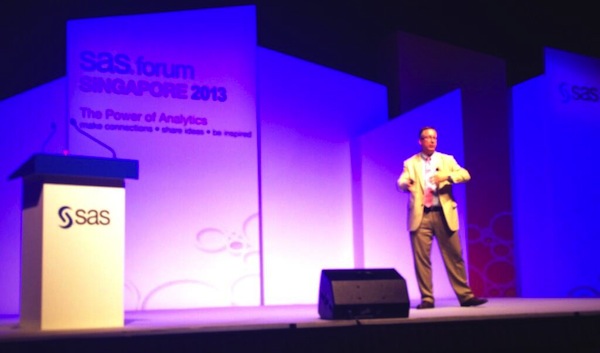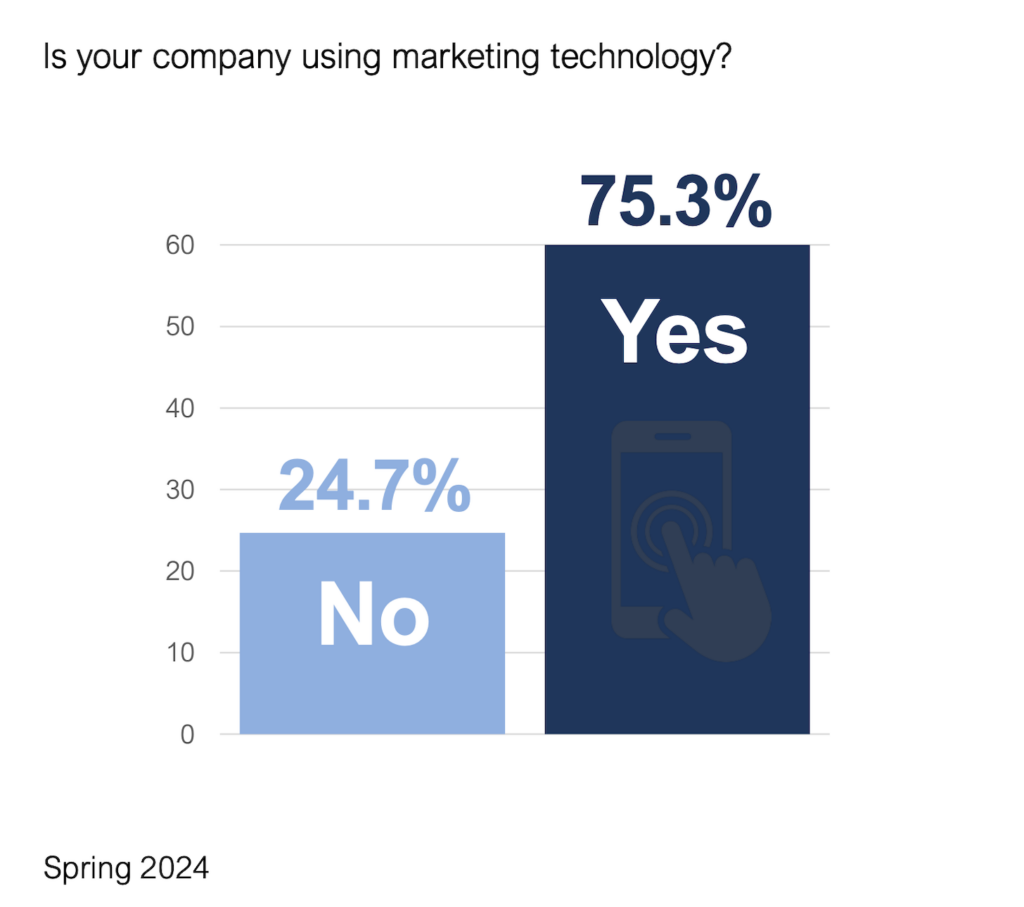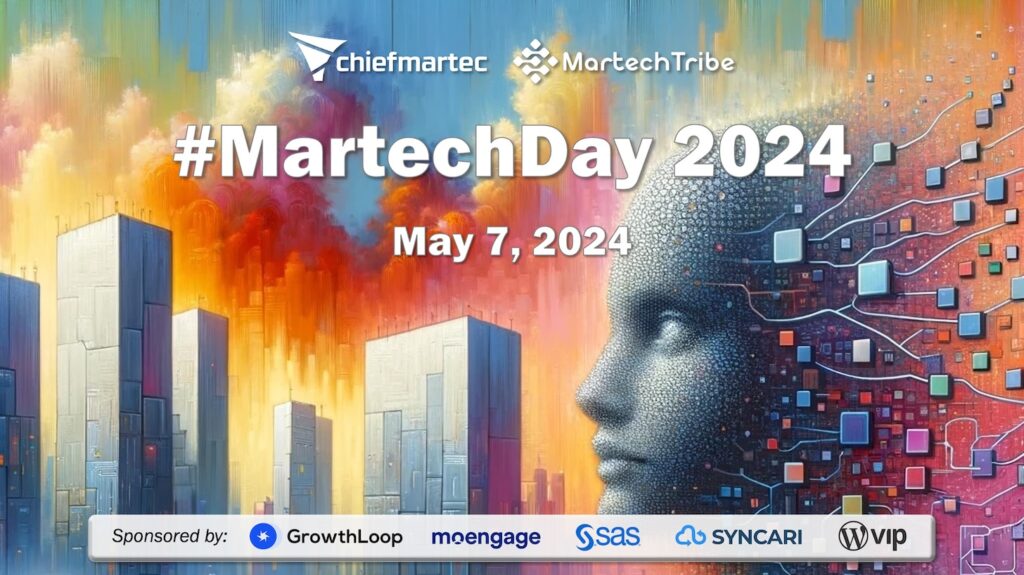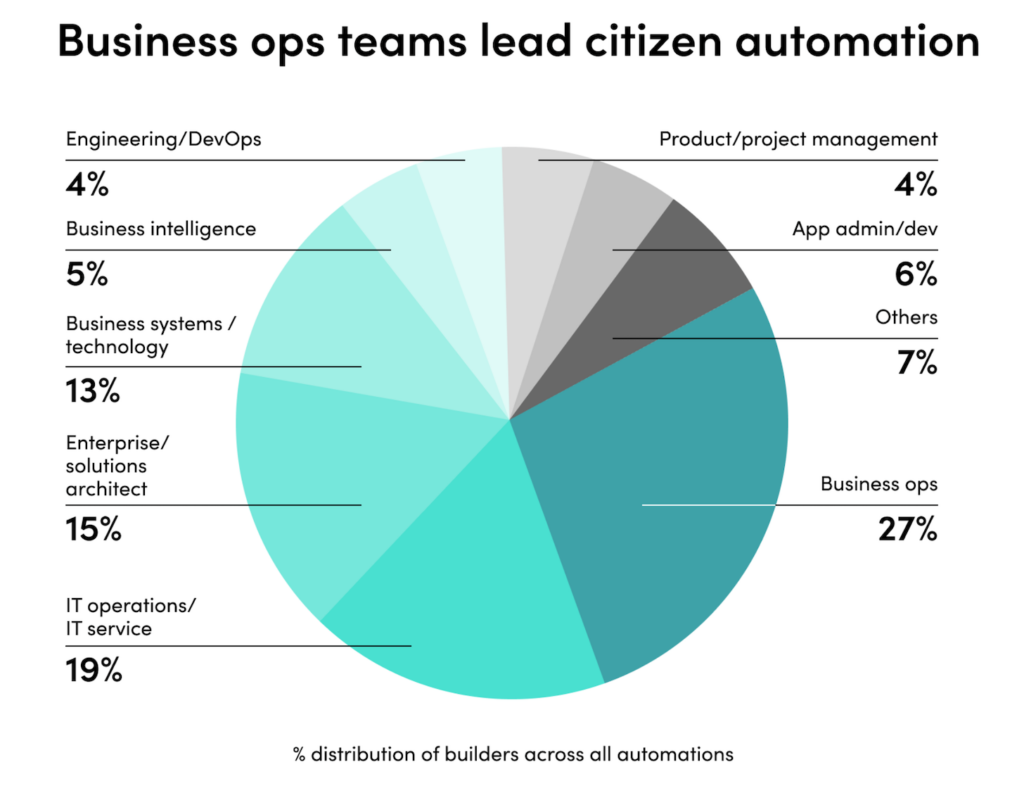Last month, I was invited on a fascinating marketing roadshow with SAS in southeast Asia, keynoting CMO events in Singapore, Malaysia, Indonesia, the Philippines, and India. I’ve posted my slide deck and an essay version of my presentation on Combining Art & Science in Modern Marketing, if you’d like to read it. (Fair warning: it’s about a 30-minute read — consider it more like a free e-book!)
Although it wasn’t my first visit to the region, it was my first time there in a professional capacity to talk with marketers and business executives about the whirlwind of changes in marketing (see the presentation for a litany of how marketing is collapsing and expanding). In fact, the main reason I signed up to do this tour was to hear first-hand what marketing leaders in that part of the world thought of all this upheaval.
As a Boston-based marketing technology entrepreneur (ion interactive) and blogger (Chief Marketing Technologist), I’ve spent a lot of time talking with marketers in the U.S. and Canada about this transformation we’re going through with marketing technology, agile marketing, big data, etc. I’ve acquired a pretty good feel for how people in my corner of the world regard these challenges and opportunities.
But how do marketers in southeast Asia view these shifts in marketing? I was eager to learn.
Change is every marketer’s universal challenge
My #1 takeaway from the people I talked with: everyone — and I mean everyone — in marketing is wrestling with change. In many ways, it doesn’t really matter where you live: you’re facing big, huge, hairy, exciting, terrifying, accelerating, mind-blowing change.
For marketers around the world, we can bond on that common challenge.
Of course, the specific circumstances of businesses vary tremendously. There are infrastructure difficulties in some places. Regulation difficulties in others. And the way different cultures entwine with the explosion of technology and connectivity produce a kaleidoscope of different emerging social norms that have their own important nuances.
For instance, in the event we did in Kuala Lumpur, there was a candid discussion of how three different different ethnic groups — those of Indian heritage, those of Chinese heritage, and Malays — had often been engaged via separate traditional marketing programs. But now, in the age of personalized digital marketing, marketing was fluidly crossing those boundaries. In an extraordinary juxtaposition, Malaysian marketing is becoming both more personal and more universal.
In Indonesia, a country of 17,508 islands spanning four time zones — let the geographic scale of that sink in — the expansion of e-commerce is changing the nature of retail, bringing more choice to more people across the country than ever before. It’s growing at phenomenal rate, with the number of Indonesian web users expected to more than double from 55 million in 2012 to over 125 million by 2015. It’s not just a huge opportunity for large corporations; it’s life-changing for SMBs and home-based entrepreneurs, who are now able to reach a national market. Kudos to idEA, the Indonesia E-Commerce Association.
In Singapore, large companies that have association with the government face their own particular marketing challenges as consumer perceptions are different for them than their competitors, especially in the rapidly shifting digital environment. In the Philippines, the massive adoption of social media — Facebook in particular — makes social business especially crucial for executives to understand and embrace. And in India, the sheer magnitude of the country — the world’s second most populous — its diversity and its drive for innovation and entrepreneurship make it stunningly unique in its own internal marketing dynamics.
Yes, there is magnificent variation in the world, even the digital world.
But in all of these different circumstances, everyone is wrestling with change at a pace never seen before in anyone’s lifetime.
3 P’s: People, Pragmatism, & Passion
The pace of change in Asia is amazing to behold. It was incredibly interesting to hear so many different marketing leaders from the region reflect on these changes and how they’re dealing with them.
Three common themes emerged.
First, the core conundrum of accelerating change is this: advances in technology — marketing technology as subset of that — seem to grow in an exponential fashion (i.e., Moore’s Law), but the ability for individuals and organizations to absorb those new capabilities is limited by a much slower human adoption curve. The tension between these two dynamics is clearly going to be the organizational dilemma of the 21st century.
Martec’s Law:
Technology changes exponentially; organizations change logarithmically.
It’s why the role of “change agent” may ultimately be the most important hat for marketers to wear. Marketing leaders tackling this challenge are:
- Championing genuine top-down support for change from executives
- Prioritizing which changes are most important — don’t fire scattershot
- Aligning (and realigning) incentives in sync with these new priorities
- Investing substantially in talent development, acquisition, and retention
- Maintaining realistic expectations about how quickly changes are absorbed
- Celebrating the small steps forward, for many small steps make a mile
Second, pragmatism in modern marketing is under appreciated — and it shouldn’t be. With all the attention being paid to “what’s new,” it can be easy to lose appreciation of what already exists and works well. Resist the false dilemma of past vs. future. Some of the most intriguing possibilities are how to bridge the existing foundations of brands and organizations with these emerging opportunities.
Keeping an open mind, experimenting with new ideas, and encouraging real innovation are not the same as chasing the latest shiny object.
Third, passion overcomes the most daunting of hurdles.
The passion exuded by so many of the marketers I met on this journey was extraordinary. While everyone acknowledges that navigating these changes in marketing is hard and tumultuous work, there’s an enthusiasm about embracing that mission that is delightfully infectious. It’s a once-in-a-lifetime chance to help shape the future of one’s profession and have meaningful impact on the organizations in which one works.
Everywhere I visited, people appreciated that opportunity is a gift.





